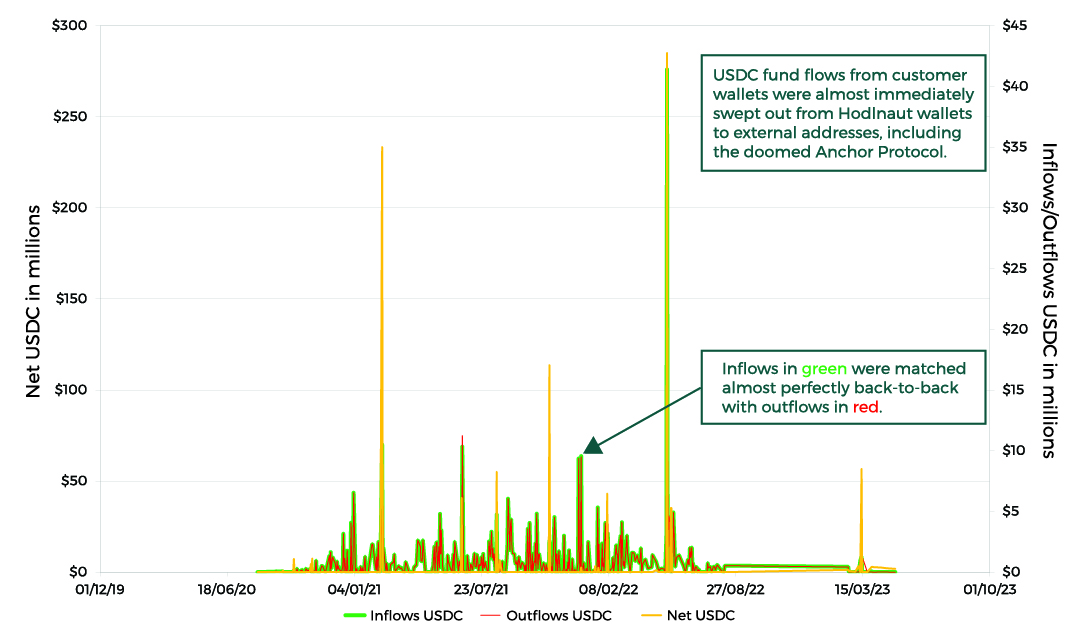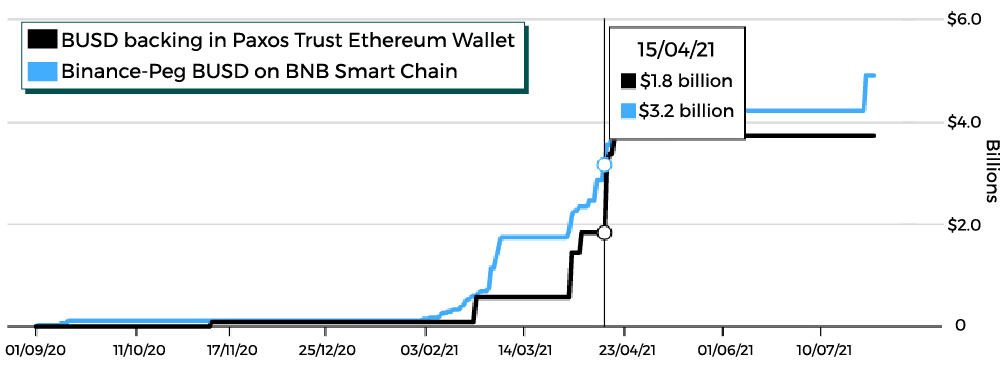REGULATE
Countries are struggling to adopt measures for crypto and blockchain that foster innovation, while minimizing potentially negative effects. ChainArgos is the software solution that delivers on policy objectives to maximize economic gains and minimize downside risks.
Innovation &
Economic Growth
Leverage blockchain technology for asset and economic tokenization.
Lower Compliance Costs
Using automated, embedded, autonomous on-chain supervision.
Increase Operating Revenues
Enable taxation and licensing for on-chain transactions and activities.
Regulation That Works.
ChainArgos has developed an entirely new approach to crypto asset oversight and enforcement, enabling the benefits of blockchain technology, while minimizing negative social and financial risks on markets and the economy.
- Real-time wallet analysis and monitoring for attestations and proof-of-reserves
- Stablecoin issuance and reserve adequacy (mint/burn) monitoring
- Token audits and ecosystem analysis to prevent market manipulation and fraud
- AML solutions for central bank oversight of commercial bank crypto custody
- Stablecoin bank deposits for oversight and management (mint/burn)
- Crypto banking risk analysis and economic impact assessment
- Tax analysis of crypto gains on both centralized and decentralized exchanges
- Market analysis on stablecoin, cryptocurrency penetration and usage
- Fund flow monitoring to determine crypto capital flows and behavior
Licensing.
Enabling technologically-driven, on-chain, and effective crypto asset-licensing regimes.

Could Hodlnaut’s collapse have been foreseen?

Source: Google Looker instance utilizing ChainArgos data and queries.
Hodlnaut was a Singapore-based crypto lending and borrowing platform that advertised attractive rates for crypto deposits.
On March 15, 2022, Hodlnaut secured an In-Principle Approval for their Token Swap service from the Monetary Authority of Singapore (MAS) for a Major Payment Institution License.
Drawn by attractive interest rates on crypto deposits and purported MAS approval, depositors flocked to Hodlnaut, swelling its assets under management to almost US$1 billion, given its veneer of legitimacy and regulatory-license status.
By August 8 2022, Hodlnaut halted withdrawals, having lost nearly US$190 million in the TerraUSD failure.
At the time, Hodlnaut claimed it had no exposure to TerraUSD, however on-chain data showed not only was Hodlnaut exposed to TerraUSD via the Anchor Protocol, it had at one point almost all of its customers’ assets in the ultimately doomed yield-generating protocol.
Analysis of Hodlnaut’s USDC wallets on Ethereum also showed a pattern of regularly sweeping fresh customer deposits which ultimately ended in the Anchor Protocol.
Lessons Learned
- Regulators need appropriate tools to monitor licensed entities in real-time. By monitoring fund flows out of Hodlnaut’s wallets, the regulator would have found that Hodlnaut was moving investor funds to more risky protocols such as the Anchor Protocol and raised queries from an early stage.
- Crypto supervision need not be burdensome. By identifying key wallet addresses for automated surveillance, regulators could have been alerted in real- time to any anomalous transactions that warrant greater scrutiny.
- License issuance needs appropriate monitoring tools. By granting Hodlnaut an in-principle license under the Payment Services Act, MAS had afforded Hodlnaut legitimacy which may have encouraged more retail investors to deposit their crypto with the ultimately failed firm.
Banking.
Harness opportunities in banking for crypto while minimizing systemic risk.

Why didn’t the NYDFS detect BUSD undercollateralization earlier?

Source: ChainArgos on-chain data and queries.
A major challenge when it comes to regulating stablecoins is that so-called “wrapped” versions of the same stablecoin can exist across other blockchains and ensuring the amount of stablecoins issued across all blockchains matches the total amount of capital backing a stablecoin can be challenging.
Although Paxos Trust LLC had a license from the New York Department of Financial Services (NYDFS) to issue stablecoins, including Binance’s BUSD on Ethereum, BUSD also existed on both Binance’s BNB Beacon Chain and BNB Smart Chain (amongst other blockchains), which were not regulated stablecoins – only BUSD on Ethereum was.
Because ChainArgos runs its own validator nodes, we were able to detect the amount of BUSD in circulation across all the blockchains that it existed regularly exceeded the amount of BUSD on the Ethereum blockchain which was intended to represent the full backing.
Lessons Learned
- Regulators need tools to easily monitor the total amount of stablecoins issued across all blockchains, including wrapped versions, and not just the blockchain that has been approved.
- Automated monitoring tools would have alerted regulators to the undercollateralization of BUSD across other blockchains in real-time.
- On-chain monitoring needs to be matched with off-chain governance – the off-chain assets backing a stablecoin from financial disclosures and regulatory filings need to be regularly and automatically matched against the on-chain circulation of stablecoins.
Macro Tools.
Technologically-driven tools for accurate analysis of macroeconomic impact of crypto assets. Regulators can customize situation-specific tools and dashboards, from custom reports to dashboards designed according to your specific regulatory purview.



